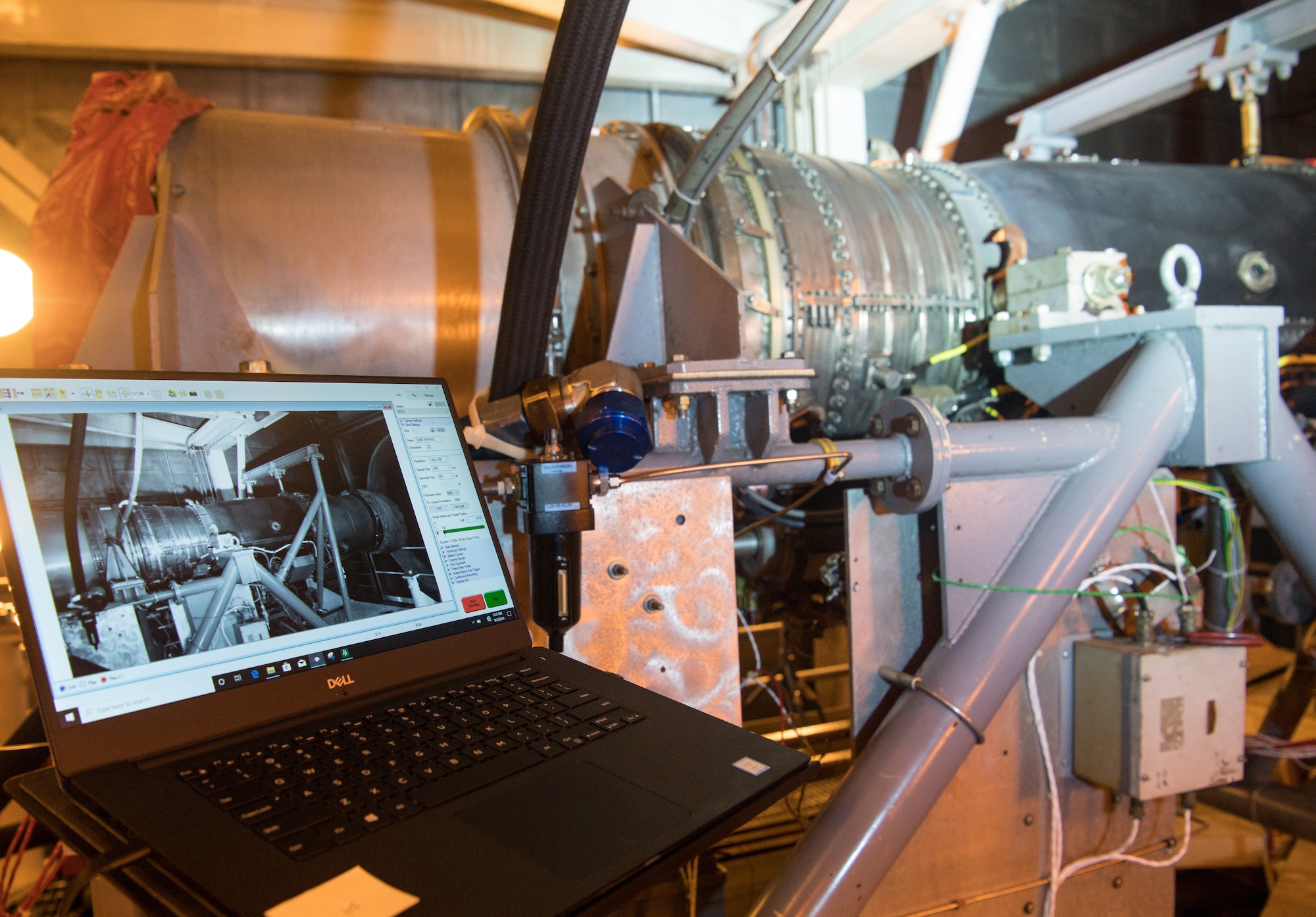Vibration testing has turned into a foundation in the fields of item advancement, quality confirmation, and upkeep, offering a heap of advantages that add to upgraded item dependability, further developed execution, and expanded wellbeing. Products are subjected to controlled vibrations in this dynamic testing method to simulate real-world conditions and gain valuable insight into their durability and structural integrity. The vibration tests are crucial in industries like aerospace and automotive to guarantee the safety and functionality of critical components.
Vibration testing’s role in ensuring product reliability and durability is one of its primary advantages. Manufacturers are able to identify potential weaknesses and design flaws by exposing products to controlled vibration profiles that replicate the stresses encountered during transportation, use, and other environmental factors. This proactive way to deal with quality affirmation mitigates the gamble of item disappointments in the field, bringing about expanded consumer loyalty and brand trust.
Vibration testing is especially pivotal in ventures where wellbeing is principal, like aviation, auto, and gadgets. The capacity to mimic and break down the effect of vibrations on basic parts guarantees that items satisfy severe wellbeing guidelines. This is particularly significant for things like airplane parts, where disappointment because of vibration-actuated weakness could have devastating outcomes. Vibration testing assumes a vital part in ensuring items for consistence with industry guidelines, adding to in general security and unwavering quality.
The knowledge gained regarding the product’s performance under a variety of conditions is yet another significant advantage. Engineers can continuously improve product optimization by evaluating how various materials, structures, and designs respond to vibrations through vibration testing. By tweaking plans in light of vibration test results, makers can upgrade the general exhibition of their items, at last remaining serious on the lookout.
Cost-adequacy is one more benefit of vibration testing. While starting interests in testing hardware and offices might appear to be huge, the drawn out benefits far offset the expenses. Early recognition of configuration blemishes, possible disappointments, and the capacity to advance items in view of experimental outcomes add to significant reserve funds as far as guarantee cases, reviews, and spontaneous upkeep.
In conclusion, vibration testing has advantages that go far beyond quality control. From guaranteeing item unwavering quality and security to advancing execution and working with prescient upkeep, this unique testing technique has turned into an irreplaceable apparatus for businesses across the range. Products undergo vibration tests during development to uncover weaknesses and enhance their resilience to environmental vibrations.
